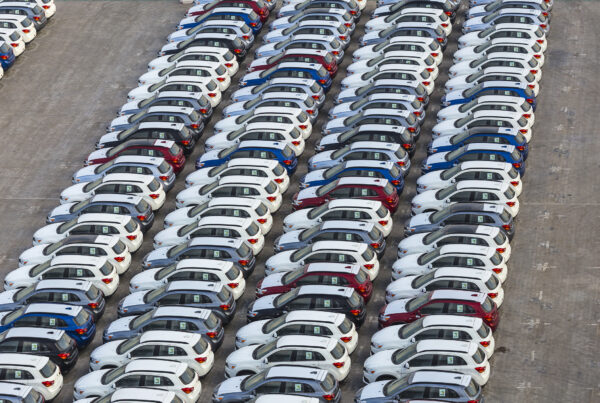A recent industry report has revealed that New Zealand is on the brink of a significant change, offering remarkable possibilities alongside distinct challenges when it comes to electrifying its transport system.
The report titled State of the Nation | E-mobility in New Zealand 2023 released by Drive Electric offered a detailed overview of the current state of the country’s electric transport system. It delved into key aspects of New Zealand’s EV industry, presenting a breakdown of charging infrastructure, sales trends, and electrification across cars, planes, trains, trucks, and buses.
Key Milestones and Trends
The report highlights several key milestones and trends that underscore the significant progress in New Zealand’s embrace of electric mobility:
- Exponential Growth in Electric Car Sales: Electric car sales have witnessed a remarkable surge, skyrocketing by an astonishing 730% since 2017.
- Light EV Fleet Multiplication: Over the past five years, New Zealand has experienced a remarkable 9.5-fold increase in its light EV fleet, demonstrating a profound shift towards sustainable transportation.
- Clean Car Programme Impact: The implementation of the Clean Car Programme has resulted in an impressive 21% reduction in the average emissions of newly registered vehicles, affirming the success of initiatives aimed at environmental sustainability.
- Regional Dominance: Wellington emerges as a leader with the highest market share of EVs, while Canterbury takes the lead in public charging infrastructure, emphasizing regional variations in EV adoption.
- Greening Public Transport: Approximately 24% of all bus registrations last year were fully electric, reflecting a positive shift towards greener and cleaner public transportation.
- Energy Bill Reduction Projections: The report forecasts a promising future where, by 2035, households with two EVs could enjoy a substantial 51% reduction in energy bills, showcasing the potential economic benefits of EV ownership.
Drive Electric’s Call to Action:
Kirsten Corson, Deputy Chair of Drive Electric, expressed pride in releasing the report, emphasizing New Zealand’s commendable progress in embracing e-mobility. While acknowledging the positive impact of the Clean Car Programme, Corson emphasised the need for intensified efforts.
“Despite the progress, EVs remain at around two percent of the light fleet. Now is the time to double down and strive for more than two million EVs on our roads in the mid-2030s,” Corson stated, underscoring the importance of sustained momentum in the transition to electric vehicles.
Corson further emphasised the crucial role of charging infrastructure advancement, pointing out that as the nation decarbonises its economy, the demand for renewable energy could surge by 60 to 70% by 2050. The report calls for an increase in both energy generation and distribution infrastructure to support the growing uptake of electric vehicles.
Acknowledging the challenge of electrifying heavy transport, with only 100 fully electric trucks currently in operation, Corson urged the next government to establish the right policies for the future of zero-emissions transport in New Zealand.
“Globally, this report shows that e-mobility is the future. With our advantages of renewable energy, New Zealand is well positioned to take advantage of this technology and benefit financially and environmentally. Let’s invest and reap the rewards,” concluded Corson.
The full version of the ‘State of the Nation | E-mobility in New Zealand 2023’ report is available here.
Did you find this article interesting? Click the ‘heart’ button above to give it a ‘like’!


















